Dental bridge in great yarmouth & Lowestoft
Dental bridges bridge the gap created by one or more missing teeth.
A bridge is made up of two or more crowns for the teeth on either side of the gap, these two or more anchoring teeth are called abutment teeth and a false tooth/teeth in between. These false teeth can be made from gold, alloys, porcelain, or a combination of these materials. Natural teeth support dental bridges; even dental implants can be used for the support purpose.
What Are the Benefits of Dental Bridges?
Bridges can:
- Restore your smile.
- Restore the ability to chew and speak properly.
- Maintain the shape of your face.
- Distribute the forces in your bite properly by replacing missing teeth.
- Prevent remaining teeth from drifting out of position.
- Fixed option as compared to a removable denture.
What Types of Dental Bridges Are Available?
There are three main types of dental bridges:
- Traditional bridges involve creating a crown for the tooth or implant on either side of the missing tooth, with a pontic in between. Traditional bridges are the most common type of bridge and are made of either porcelain fused to metal or ceramics.
- Cantilever bridges are used when there are adjacent teeth on only one side of the missing tooth or teeth. This is not very common any more and is not recommended in the back of the mouth where it can put too much force on other teeth and damage them.
- Maryland bonded bridges (also called a resin-bonded bridge or a Maryland bridge) are made of porcelain, porcelain fused to metal, or plastic teeth and gums supported by a metal or porcelain framework. Metal or porcelain wings often on just one side of the bridge are bonded to your existing teeth.
Call on 01502 732124 to speak to the reception desk or email at [email protected]
You can also write to us using the contact form available on this website
